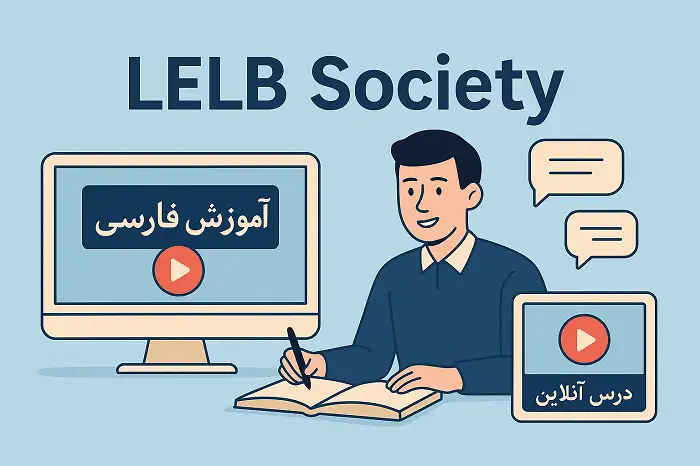Persian sentence structure and syntax for non-Persian speakers with a video and simple explanations. Make correct sentences in Farsi and improve your Persian grammar if you like to learn Farsi accurately. Video of Persian sentence structure https://www.youtube.com/watch?v=KFGheCGS0II Persian sentence structure Persian sentence structure is different from English sentence structure and formation. This is partly because Persian verbs are more conjugational and inflectional compared to English verbs. For this reasons, it is not always necessary to mention the subject or subject pronoun in Persian sentences because the subject could be implied. For instance, consider the following sentence in Farsi: (من) غذا ...
Home » Learn Persian Online with 500 Persian Lessons + Videos » Persian Sentence Structure for Non-Persian Speakers

Persian Sentence Structure for Non-Persian Speakers
Updated: by Dr. Mohammad Hossein Hariri Asl
Time to Read: 10 minutes | 426 Views | No Comments on Persian Sentence Structure for Non-Persian Speakers
Share This Post
About the Author
Dr. Mohammad Hossein Hariri Asl is an English and Persian instructor, educator, researcher, inventor, published author, blogger, SEO expert, website developer, entrepreneur, and the creator of LELB Society. He's got a PhD in TEFL (Teaching English as a Foreign Language).
Number of Posts: 4235


